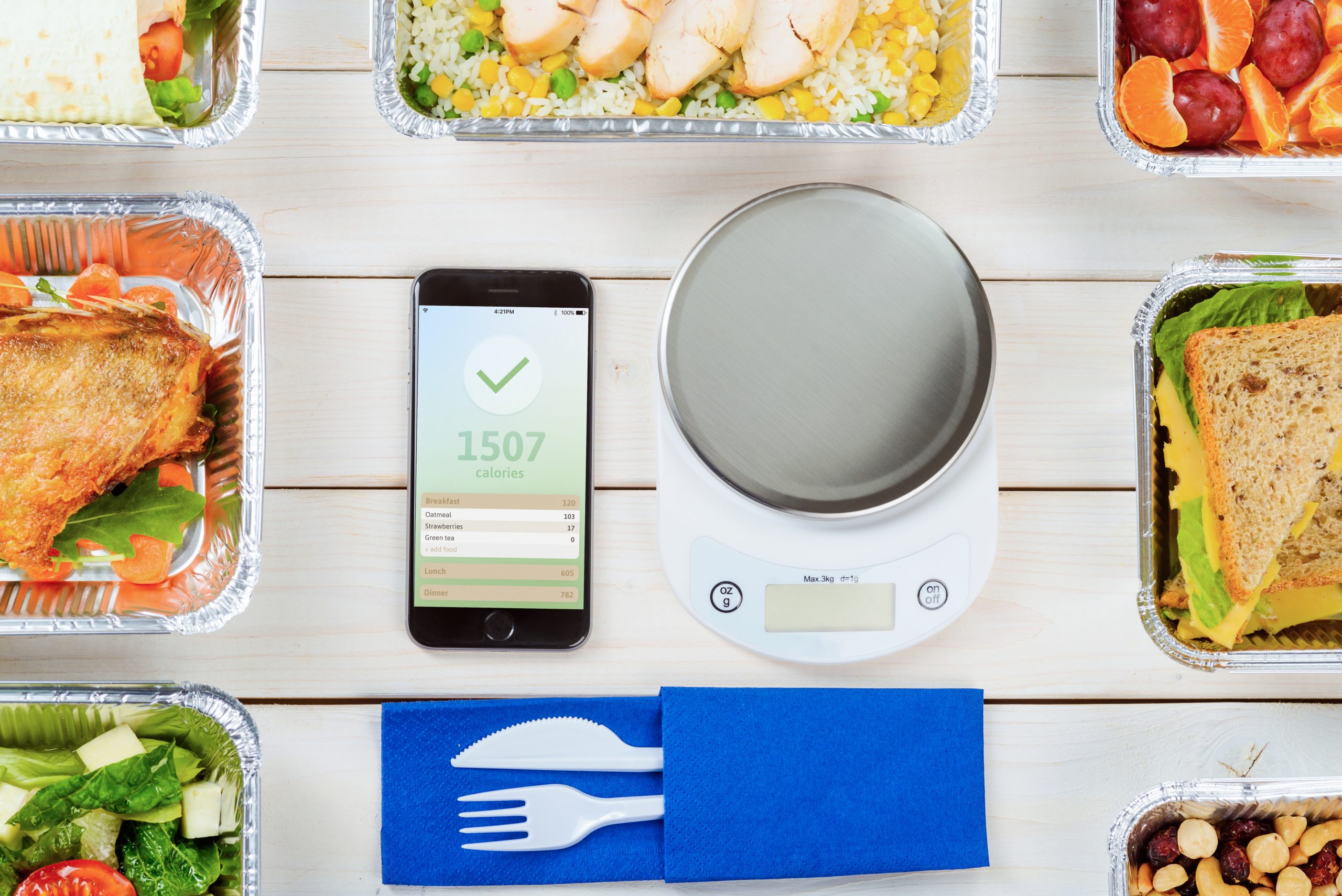
I've been talking a lot about coaching lately. Specifically some tips about HOW to coach (knowing your client, knowing yourself and coaching appropriately).
You see, there are a few different camps out there regarding how we should monitor food intake. All of them work some of the time. What I mean by that is, some strategies work for some and not for others. Some do well measuring and tracking, others use hand portions and still others just want specific foods written out.
As I've said before, you have to find out where you're at mentally and emotionally regarding food and find what works. (If you need help, let me know.)
In reality, weight loss and body composition changes come down to intake vs expenditure. Yes, it's true. The main problem that many live and die by the numbers they plug into their app (food taken in and exercise calories burned).
"Well, my app says I'm eating 1400 and burning 1800!! I'm still not losing weight!"
I'm not going to get into that conversation today but I will say... maybe you're measuring your food wrong.
Yep. That could be it.
Often times when we are tracking foods, we count the food that is the main macro source. Meaning when we think of chicken, we think protein. When we think of bread, we think carbs. When we think peanut butter, we think fat.
For those that are just maintaining and not tracking anything, that's a great way of looking at it. It's actually how I live 95% of the time! I've been doing this long enough that I know how much protein, carbs and fat I need at each meal, and how I can eyeball it and stay at a relatively consistent body composition.
But for many people, there's a skewed view of what foods really contain. And also a skewed view of how to track and measure. And what often happens is that it leads to eating more than you realize.
If for breakfast you have two eggs and 2 pieces of toast, you think, ok, I have protein and fat from eggs and carbs from toast. But what you don't realize is that the toast you're eating has 5g fat per slice. So that's an extra 10g of fat at that meal.
Or maybe the oats you eat are viewed as a carb source (which they are), but you don't realize that they also contain 3g fat and 8g protein.
While it seems insignificant, it can add up. Even if we just calculated those two meals, (an extra 13g fat and 8g protein), that's an extra 150 calories!! (13x9=117 calories from fat, 8x4=32 calories from protein).
And if that's happening a couple more times during the day, you could be way over.
Now, if you're tracking in an app, it gives you those numbers as well. So by the end of the day you're less likely to be off. But what I often find is that because those extra macros sneak in there, we end up cutting macros from somewhere else.
In the end, it's still about overall calories. But let's be honest, our bodies still respond to a more optimal macro nutrient ratio, especially if you're already at "good" bodyweight.
Stay tuned as the next post will be about measuring for accuracy with a video included!








